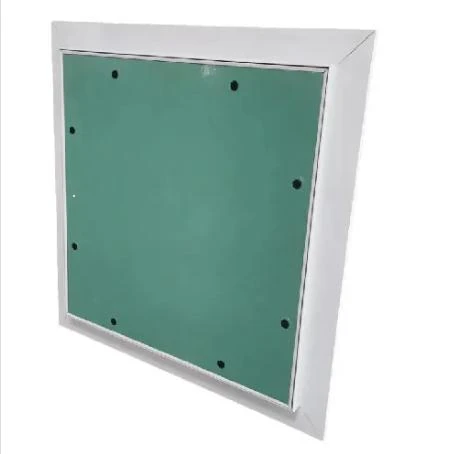9 月 . 21, 2024 22:04 Back to list
pvc vs gypsum ceiling
PVC vs. Gypsum Ceiling A Comprehensive Comparison
When it comes to interior design and construction, the choice of ceiling materials is pivotal not only for aesthetics but also for functionality. Two popular options are PVC (polyvinyl chloride) and gypsum (gypsum board or drywall) ceilings. Each material boasts its unique advantages and disadvantages, making the decision dependent on specific requirements, budgets, and design preferences.
Durability and Maintenance
PVC ceilings are renowned for their durability. They are resistant to moisture, making them an excellent choice for areas like bathrooms, kitchens, and basements where humidity levels can be high. PVC is also easy to clean; a simple wipe with a damp cloth can restore its shine. In contrast, gypsum ceilings can be susceptible to water damage, leading to mold growth and sagging when exposed to excess moisture. If properly sealed and maintained, gypsum ceilings can last for years, but they require more upkeep compared to PVC.
Installation Process
The installation process of PVC ceilings is relatively straightforward. The lightweight panels can be easily mounted onto existing ceilings or frameworks, reducing labor costs and installation time. In contrast, gypsum ceilings often require a more complex installation process. Gypsum boards need to be cut to size, securely fastened, and then finished with joint compound before painting or decorating. This additional labor can increase the installation costs and timeline.
Aesthetics and Design Flexibility
pvc vs gypsum ceiling

Aesthetically, both materials offer a variety of options to suit different design themes. PVC ceilings come in numerous colors, patterns, and finishes, including high gloss and matte, allowing for a modern and sleek appearance. They can also mimic materials like wood or tiles for a more classic look.
Gypsum ceilings, on the other hand, provide a seamless and elegant finish that can be painted to match any interior color scheme. They are often used for decorative purposes, as they can be designed with intricate moldings and patterns, adding a touch of luxury to a space.
Cost Considerations
From a cost perspective, PVC ceilings may have a higher initial price but can prove more cost-effective in the long run due to their durability and low maintenance requirements. Gypsum ceilings typically have lower installation costs, but ongoing maintenance and the potential for repairs must be factored into the overall expenditure.
Conclusion
Ultimately, the choice between PVC and gypsum ceilings depends on individual needs and preferences. For areas with high moisture, modern aesthetics, and low maintenance, PVC may be the better option. Conversely, for those seeking a classic finish and willing to invest more time and care into maintenance, gypsum could provide the desired results. Understanding the pros and cons of each material will help homeowners make informed decisions that enhance their living spaces.
-
Revolutionizing Interior Design with Ceilings t grid Suspended SystemNewsOct.29,2024
-
Revolutionizing Ceiling Design with ceiling access panel with Gypsum Tile WaterproofNewsOct.29,2024
-
Revolutionizing Interior Design with PVC Gypsum Ceiling: A Comprehensive GuideNewsOct.29,2024
-
Elevating Interior Design with High quality Mineral Fiber Ceiling TilesNewsOct.29,2024
-
Revolutionizing Interior Design with PVC Gypsum Ceiling: A Comprehensive GuideNewsOct.29,2024
-
Elevating Interior Design with High-Quality Mineral Fiber Ceiling Tiles: A Comprehensive GuideNewsOct.29,2024







